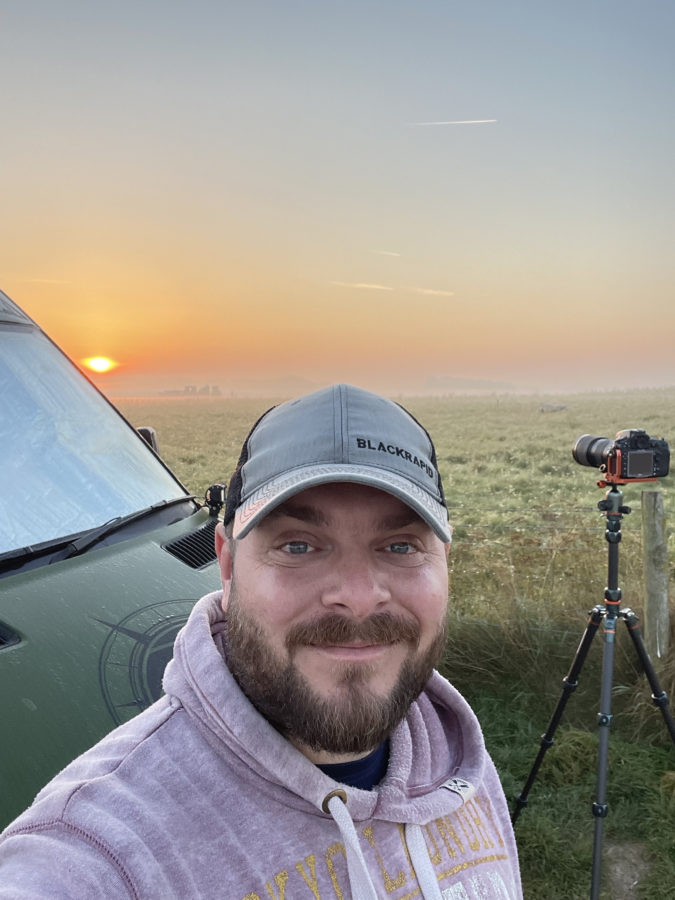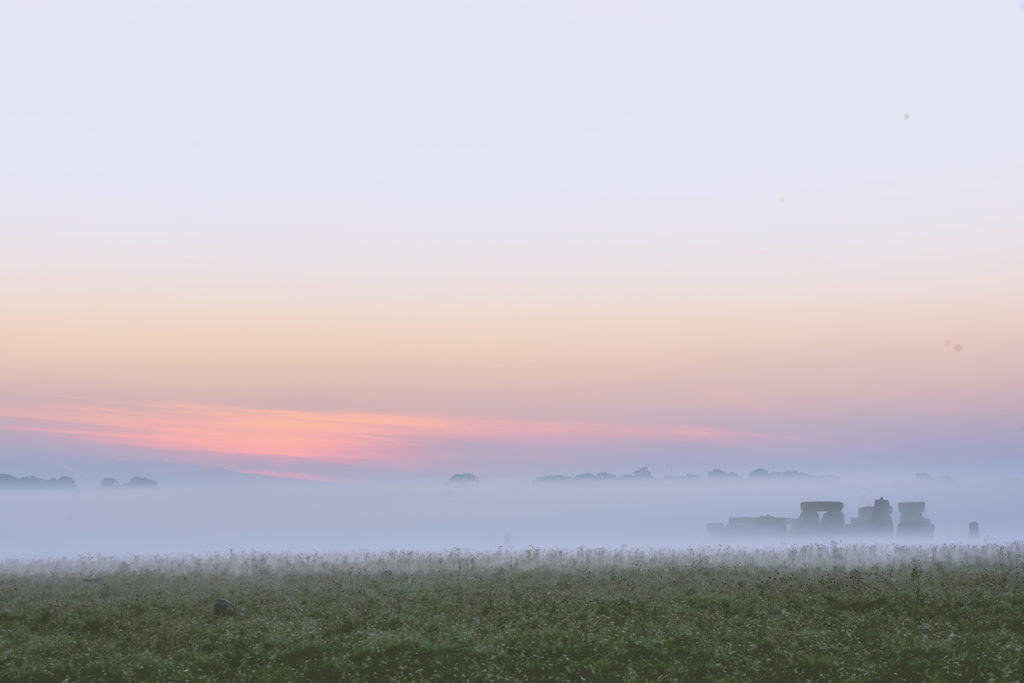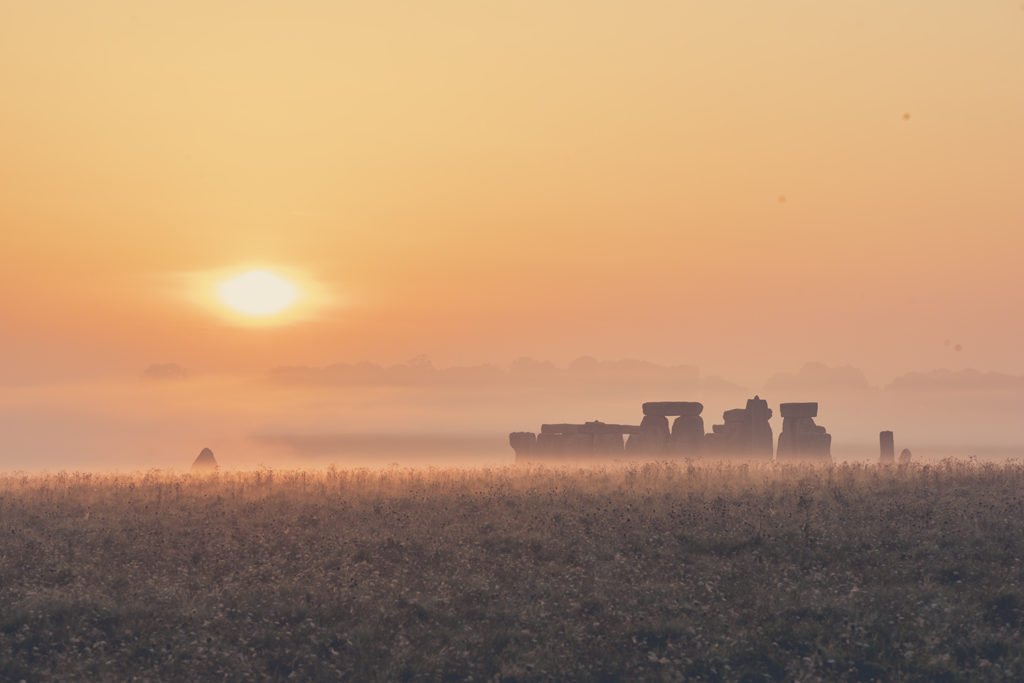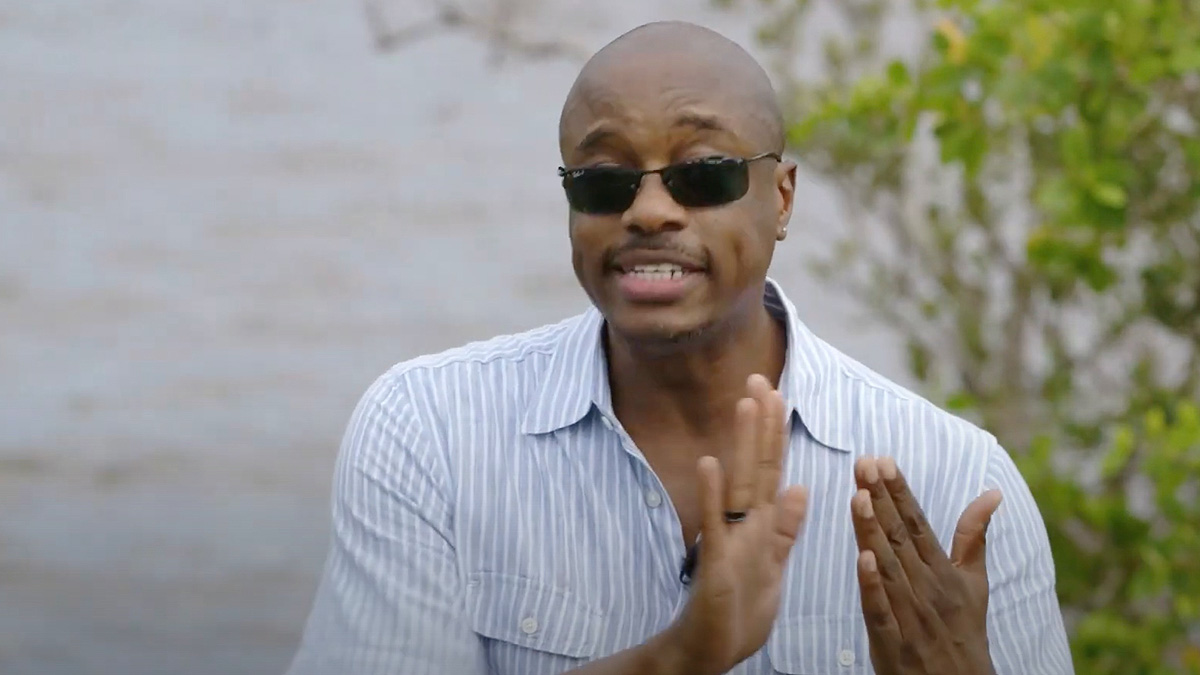It’s #TravelTuesday again and I, Dave Williams, am here from Salisbury Plain, home of Stonehenge, with about as much wisdom as I bring to the party every Tuesday. Let’s go!
This morning I woke up bright and early to shoot sunrise over Stonehenge, a neolithic stone monument here in the UK on Salisbury Plain. Whilst I was here, I noticed two other photographers had similar ideas, though not quite the same idea. One of them was up early and then disappeared before the sun was up. One appeared once the sun was up, missing the bit before dawn. It was a little odd because they both had cameras on tripods, so I wanted to quickly explain why I shoot the whole sunrise.

The photographer that was up before the dawn broke was shooting the blue hour. Blue hour is so named because the sky is largely blue because as the sun hasn’t breached the horizon yet its warm light doesn’t cast. It’s worth noting that it isn’t actually an hour, but can be longer or shorter depending on the season and latitude. Here’s my blue hour shot from this morning: –

The other photographer missed out on blue hour and shot golden hour. Again, this isn’t actually an hour, but it’s the time just after the sun breaks the horizon in the morning (or just before it does so in the evening) and, owing to various environmental and scientific factors including the effects of the wavelength of red light and the distance from us, we get a red or orange sky. Here’s what that looked like this morning for me: –

I was left a little baffled about why, if you’d dragged yourself out of bed at 6am, you wouldn’t shoot both types of light. It dawned on me, if you’ll pardon the pun, that perhaps they’d each only ever seen the one type of morning light and perhaps weren’t even aware of the other.
I know it’s a big ask, but here’s what I would like you all to do:
One day, when you have the time, get yourself up an hour before the sun is due to rise. The sky should still be a little dark and you will probably be able to see a star or two. Now, just watch what happens. Take a camera, or don’t take a camera, it’s entirely up to you, but be sure to observe exactly what is happening in the sky all around you. Notice the colours change. Watch what happens just before the sun breaks the horizon. Then how fast it moves. Watch where it goes. Watch how the light changes. Just take note of all that happens at sunrise and how it can affect a photo. Then, if you want, make a cup of tea and go back to bed.
I’ve said it before and I’ll say it again. Sunrise totally beats sunset.
Have a great day!
Much love
Dave



